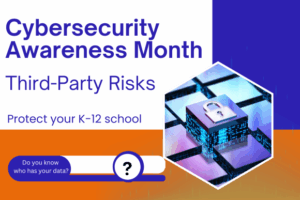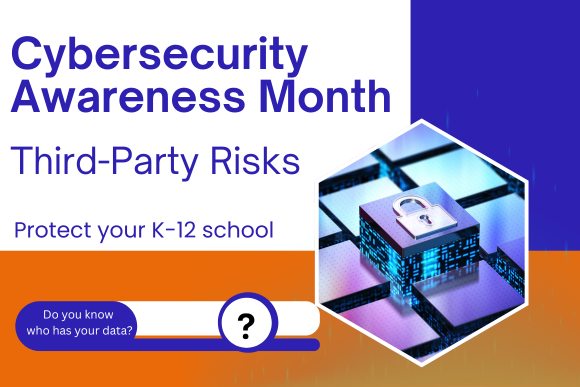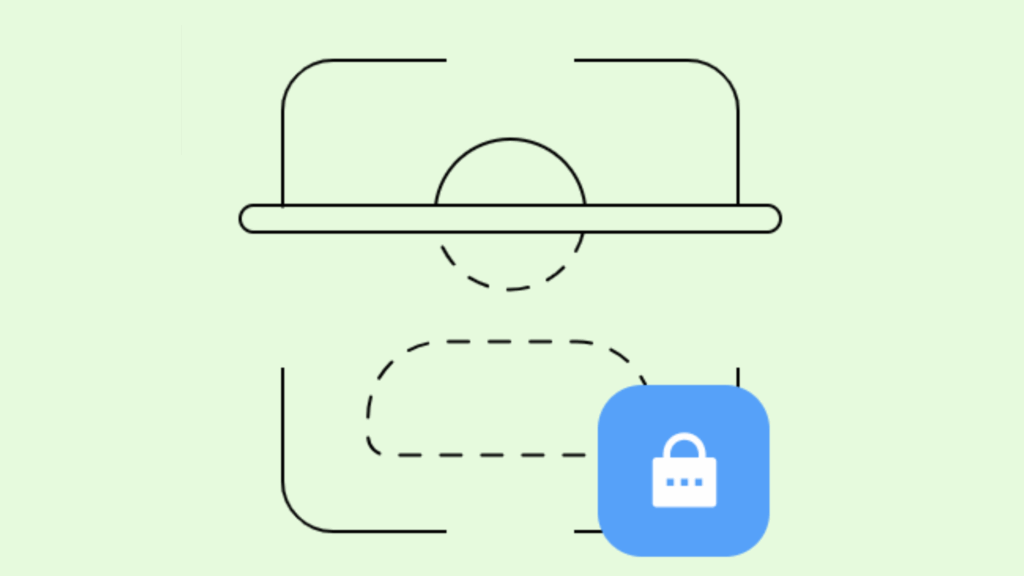Student data privacy is one of the most crucial aspects of educational management. Every school administrator, IT leader, and educator must ensure that student data remains safe. There are specific guidelines that govern how, when, and what student data schools are allowed to share. There are also federal requirements requiring schools to allow parents to opt their children out of certain data sharing.
But today’s classroom – whether in-person, online, or hybrid, relies on technology. Educational technology enhances teacher instruction. Technology enables the school administration to better manage the health and safety of the staff and students. Technology makes it easier to connect and engage with parents and the community.
Protecting Student Data Privacy
Technology can also make it easier to protect student data privacy – but it takes more than technology. Schools must adopt a zero trust culture in which they are committed to protecting data. Districts must establish policies that comply with federal and local regulations. In addition, these policies should prioritize data security above all.
Adopt these 10 measures to ensure your district is doing everything to protect student data.
1. Create clear, concise student data privacy policies for your district.
Federal and state compliance for student data security are the minimum standards. Your district can extend further restrictions on the use of student data. Specifically, develop policy for how data is shared with vendors, how vendors are vetted, and who is allowed to introduce technology to your network.
2. Develop district-wide digital protocols.
Schools work to reduce costs and increase efficiencies by turning to digital file storage. However, new protocols must be put in place to account for this digitization. First, student data access should be limited to those who must have access. In addition, there should be policies in place to remove access when it is no longer necessary. Immediately revoke access when a teacher quits, or an administrator takes a different job.
3. Develop district-wide policies for managing paper files, too.
Technology reduces the amount of data schools must store physically. However, paper files still exist. Districts must develop policies to safely store paper files. Limit access to school staff who absolutely must have access to perform their jobs.
4. Communicate clearly with parents and students about student data privacy.
Some schools attempt to make it more difficult for parents to limit the data that can be shared about their children. However, when you communicate clearly about what information you need, why you need it, and how you keep it safe, you engender trust. Express your commitment to student data safety to parents, students, and the community.
5. Limit student data access.
Treat student data like top secret information. Each teacher, administrator, and third-party vendor should only have “need-to-know” access. Do not grant access to the data If they don’t need the data to do their jobs or for their technology to function.
6. Develop a culture of security.
Fully protect student data by operating within a culture of security. Establish student data security as a priority for the district – make it part of the mission. Provide training to educators and staff about proper data handling.
7. Require third-party vendors to adhere to strict security protocols.
Limit the ability to add ed tech to their IT teams. Require all vendors to meet strict security requirements before gaining access to student data. Third-party vendors should demonstrate a commitment to student data privacy. Expect vendors to demonstrate the measures they take to protect the data they’re granted access to.
8. Implement comprehensive cybersecurity measures.
Work with internal IT leaders or partner with a managed IT services company to develop a cybersecurity strategy. In order to protect student data, invest in cybersecurity protection to protect student data from cyberattacks and ransomware. In addition to firewalls and normal security defenses, implement 24/7 monitoring and secure offsite backup. Train employees regularly on identifying risks, such as phishing emails. Implement policies to minimize risk as much as possible.
9. Every school should have a disaster and recovery plan.
Create a communication plan that you can implement in the case of a data breach involving student data. For example, plan for how to inform students, parents, and other impacted members of the community about the breach. Additionally, create a strategy to mitigate any damage from the breach as quickly as possible.
10. Partner with SchoolDay and let us help you protect student data.
SchoolDay safeguards student privacy and educational data by providing a secure ecosystem orchestration platform for schools and classrooms. Serving over 36,000 schools, 3,000+ districts and colleges, and hundreds of EdTech vendors, SchoolDay champions open standards and secure data exchange, solidifying its role as a trusted leader in educational technology.













